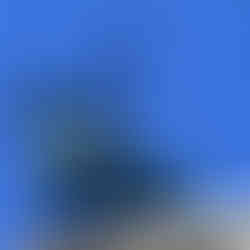Visit Italy: Arco della Pace, Sforza Castle, Milan
- Musu Kaikai

- Apr 26, 2018
- 2 min read

One of the things things I find most fascinating about travelling across Western Europe is that every major city I visit has an Arch to commemorate a major war. Milan was no different. Porta Sempione (“Sempione Gate”) is a city gate of Milan, Italy. The gate is marked by a landmark triumphal arch called Arco della Pace (“Arch of Peace”), dating back to the 19th century, although its origins can be traced back to a gate of the Roman walls of Milan. In 1807, under the Napoleonic rule, the Arch of Peace was built by architect Luigi Cagnola. This new gate marked the place where the new Strada del Sempione entered Milan. This road, which is still in use today, connects Milan to Paris through the Simplon Pass crossing the Alps.
The gate was the scene of several prominent events in the Milanese history of the 19th century. On 22 March 1848, the Austrian army led by marshal Josef Radetzky escaped from Milan through Porta Giovia after being defeated in the Five Days of Milan rebellion. On 8 June 1859, four days after the Battle of Magenta, Napoleon III and Victor Emmanuel II of Italy triumphally entered Milan through the gate.
Rights next the Arco della Pace is Sforza Castle( Sforzesco). It was built in the 15th century by Francesco Sforza, Duke of Milan, on the remains of a 14th-century fortification. Later renovated and enlarged in the 16th and 17th centuries, it was one of the largest citadels in Europe. Extensively rebuilt by Luca Beltrami in 1891–1905, it now houses several of the city’s museums and art collections.
The Castello complex jouses several museums including:
The Pinacoteca del Castello Sforzesco, with an art collection which includes Andrea Mantegna’s Trivulzio Madonna and masterpieces by Canaletto, Tiepolo, Vincenzo Foppa, Titian and Tintoretto.
The Museum of Ancient Art which includes the armory, the tapestry room and some funerary monuments.
The Museum of Musical Instruments.
The Egyptian Museum.
The Prehistoric collections of the Archaeological Museum of Milan.
The Applied Arts Collection.
The Antique Furniture & Wooden Sculpture Museum.
The Achille Bertarelli Print Collection.
The Museum of Rondanini Pietà which includes Michelangelo’s last sculpture (the Rondanini Pietà)
The Trivulziana Library alos holds Leonardo da Vinci’s ‘Codex Trivulzianus’ manuscript.
Musu Kaikai



















































Comments